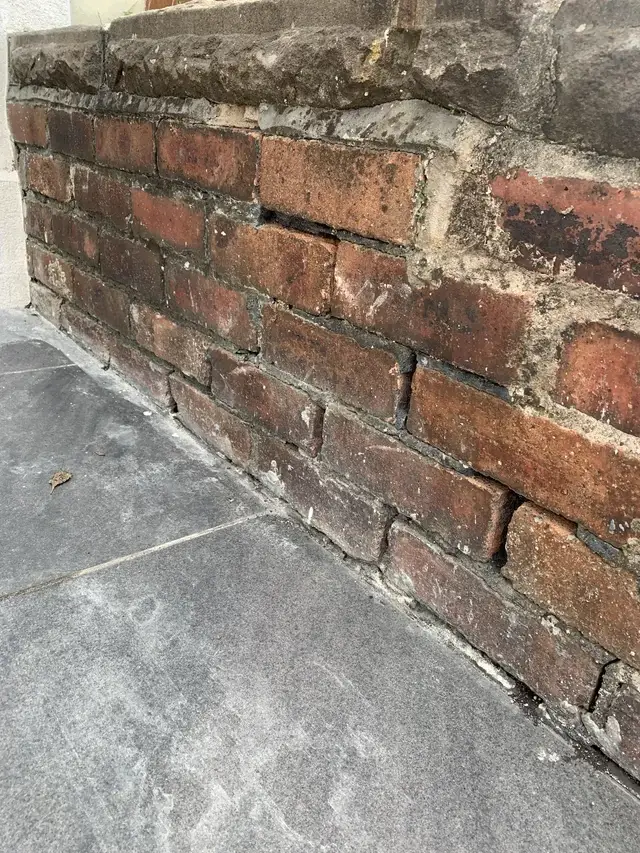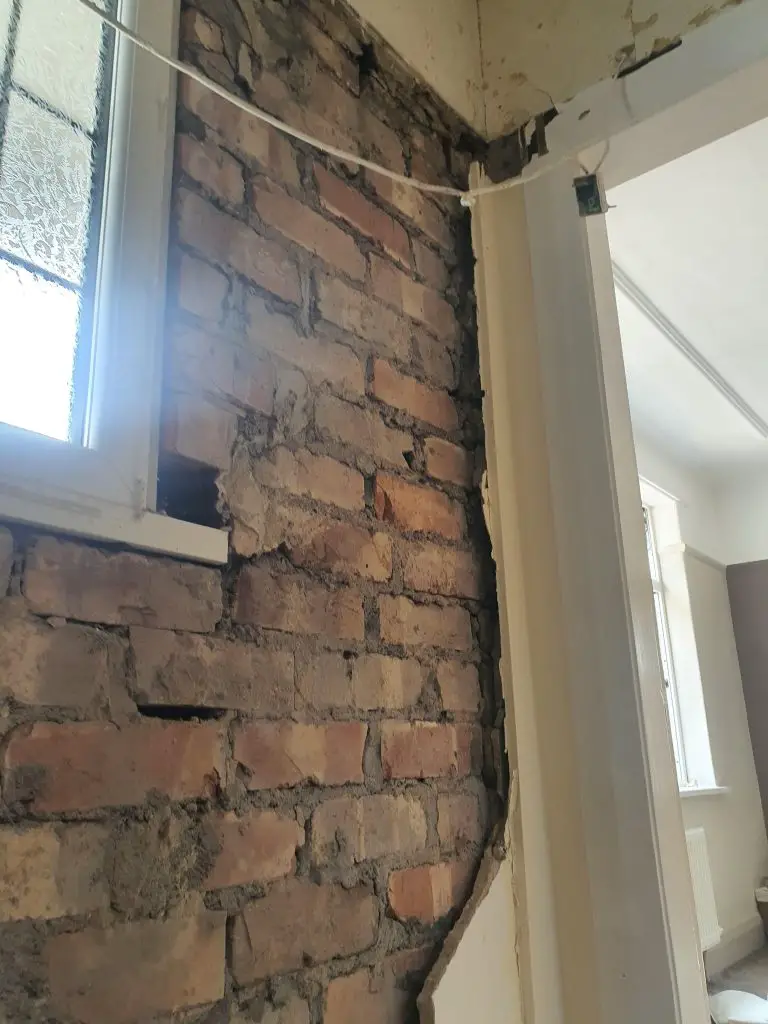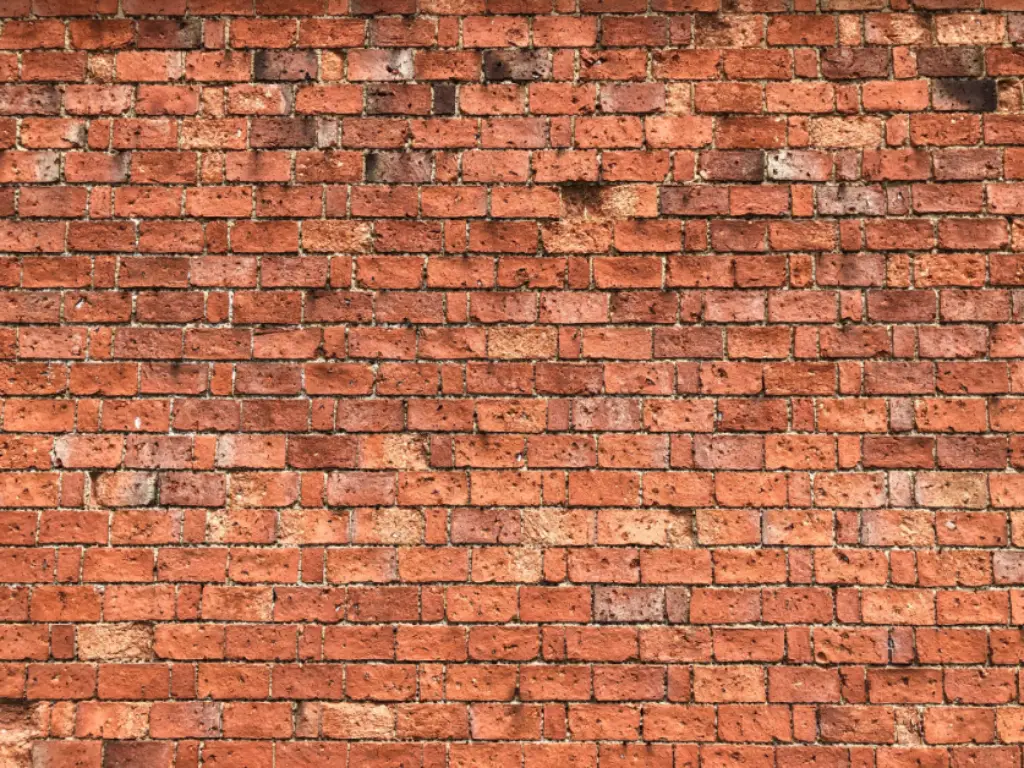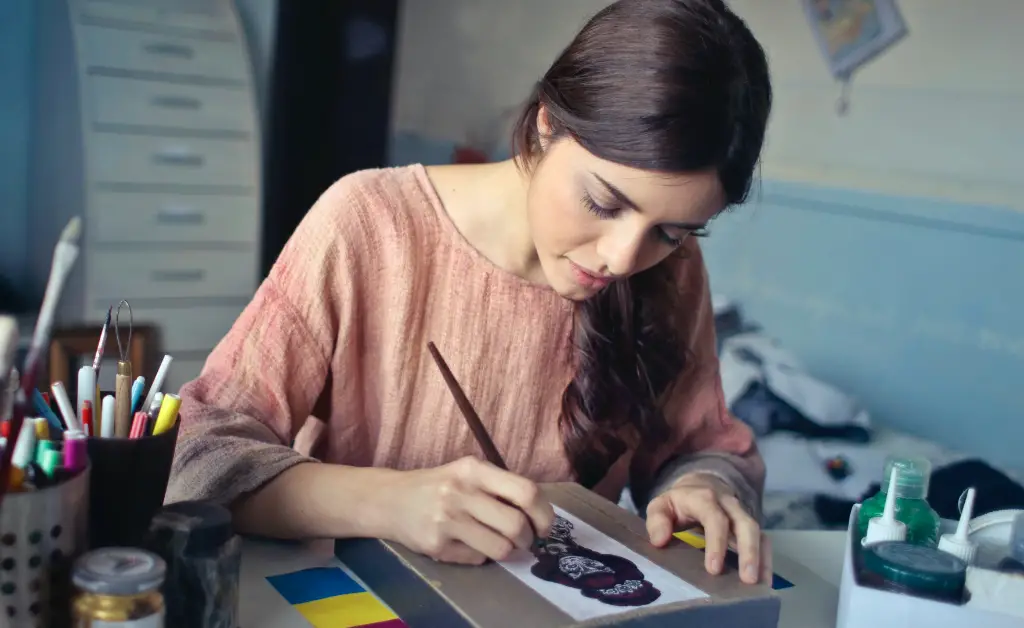Victorian Brick Pointing – Read to Learn More
When purchasing or renovating an old house you will often see examples of Victorian brick pointing in various states of repair.
Although brick pointing may seem simple at first, it plays a crucial role in keeping your old house dry and damp-free.
The guide will help give you a full overview of Victorian brick pointing, why it’s important and tips on how to repair it if needed.
What is Victorian brick pointing?
Victorian brick pointing which is also known as lime jointed pointing refers to the material that you can see in between each brick on the exterior walls of your home.
The pointing materials help bond together the brickwork and joints keeping your home stable and dry.
Over the centuries various have been used for this job, however, Victorian brick pointing traditionally used lime-based pointing.
Using the correct pointing on an older or period property is crucial to help stop issues with dampness which can cause numerous problems and stresses for homeowners.

If you’d like to learn more about damp issues such as rising damp, check out our fixing damp in old houses guides.
What does brick pointing do?
Brick pointing is the finish on the mortar joints that lie in between the brickwork of a building.
While simple in premise, bricking pointing plays a key role in how a home deals with moisture, especially in older homes built with a solid masonry wall.
In addition to managing moisture, it also plays a key function in how the weight of the building is distributed across the brickwork.
Re-pointing is the process of renewing the pointing which can decay and weather over time.
What is Victorian lime pointing & why is it important?
Victorian brick pointing plays a crucial role in allowing the walls of an old property to breathe and effectively manage water and vapour. The management of this vapour ensures properties do not have major damp issues which can be incredibly stressful and frustrating for homeowners.
The main difference between victorian pointing in comparison to modern-day cement pointing is the materials used.
Lime pointing is far more flexible and breathable compared to modern cement mixes. This breathability is crucial as it enables water vapours to pass through the walls. While it might sound strange that buildings are allowing water vapour to pass through, it’s a perfectly normal part of how the building was designed.
This function ensures older walls don’t retain moisture and can remain dry, helping avoid issues with dreaded dampness.
It’s crucial with an older home not to use modern cement when re-pointing as the non-porous nature will not allow the wall to properly breathe and filter out moisture.
This goes against the fundamentals of how an older building was designed and can lead to issues with dampness as moisture becomes trapped inside the masonry wall.
There are two main forms of lime pointing typically used in older houses; Natural hydraulic lime or NHL and non-hydraulic lime.
Of the two non-hydraulic lime is the most permeable and is available in several forms such as lime putty or powder.
Assessing your Victoria brick pointing
Over the years brick pointing takes a lot of punishment from the weather and for both functional and aesthetic reasons it is important to regularly assess your pointing for damage.

When assessing your bricking pointing here are the three main things to look out for
- Crumbling or loose pointing – with decay brick pointing can become loose and begin to crumble. It will be fairly self-evident as often when touched it will fall away from the wall.
- Recessed pointing – if not properly maintained over time mortar joints can recede creating a ledge within the brick. This enables water to pool and seep into the masonry wall.
- Cement-based repairs – using this material can be detrimental to the health of an old home and should be replaced with a lime-based mortar if possible.
Repairing Victorian Brick Pointing
As mentioned above when repairing Victorian brick pointing it’s crucial to use the correct materials.
After making your initial assessment and studying the condition of a masonry wall you can begin starting to thinking about re-pointing your brickwork. As with any older house, a light touch and minimally invasive approach is always best where possible.
Re-pointing is a fairly easy process even for beginners. If however, you are unsure please do seek professional advice. With older and period properties, always work with some who has experience with the correct materials and understands the mechanics of an old home.
Victorian brick pointing can be restored in 4 steps once you’ve conducted your initial assessment.
- Rake out – this first step involves removing the old brick pointing to create a surface in which new materials can be applied. It’s highly recommended to undertake this work by hand rather than electrical tools such as an angle grinder. The use of heavier-duty electric tools can lead to cuts in the brickwork and other damage. When raking out the joints, both the mortar joints and head joints should be undertaken.
- Wash down the wall – Raking creates a lot of debris which can affect the finish of your new mortar. The easiest way of dealing with this is to wash down the wall with a hose.
- Mix your mortar – selecting the correct type of mortar based upon the construction of your home is probably the hardest part of this process and most important. Seeking expert advice to help identify the type of mortar previously used would be highly recommended at this stage. It is also important to identify the original pointing and not repairs which have been done at a later date.
- Applying the mix – at this stage, you can begin applying the mortar mix onto the walls. There are many different methods of applying mortar though often for beginners, a simple levelled-off and smooth finish is the most attainable.
- Dry & brush – once the mortar has settled on the wall give it a brush to remove any loose bits of debris.
Bricking pointing plays an important role in the health of walls in older houses and its importance should not be underestimated.
Thankfully, repairing old pointing is possible even for renovation beginners, though care should be taken to ensure the correct materials are used based upon the construction of your home.
View our series on renovating old houses for more helpful guides.


Leave a Reply